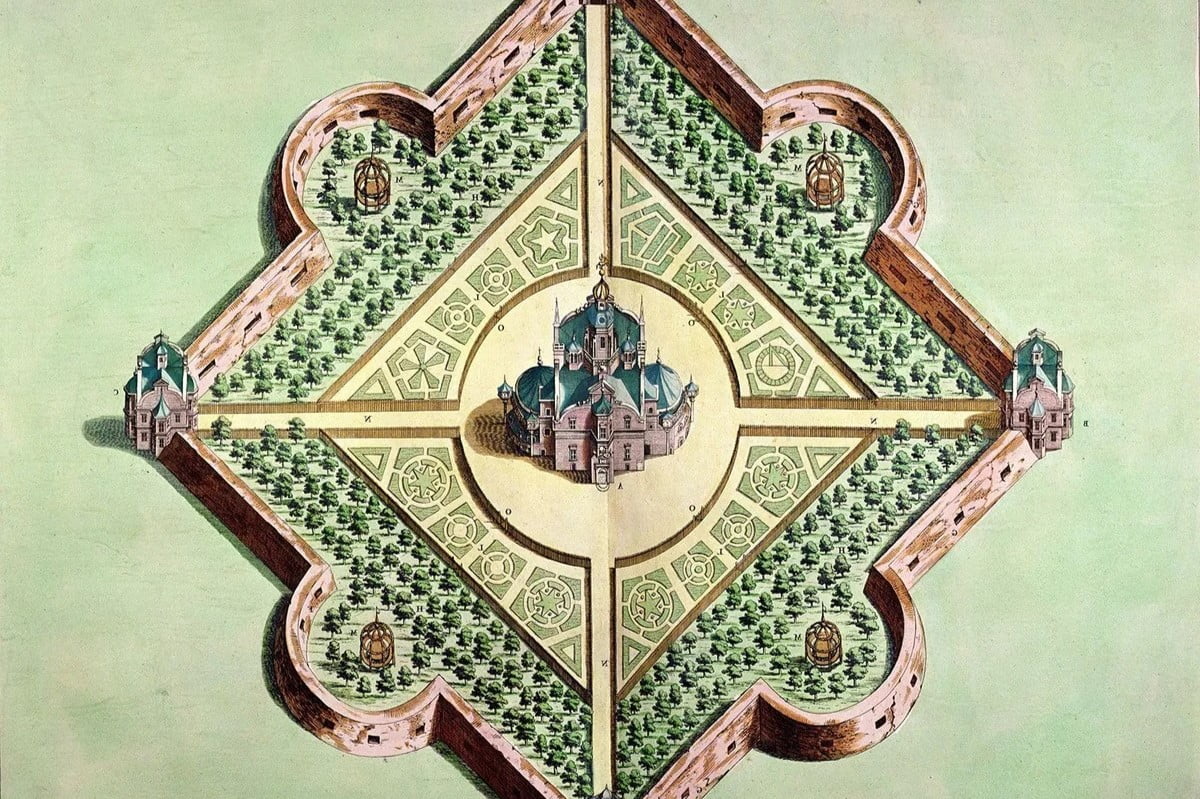Secret Workshops Of Tycho: Crafting Celestial Models

Ever wondered how ancient astronomers mapped the stars without modern technology? Tycho Brahe, a Danish nobleman, and astronomer, created detailed celestial models in his secret workshops. These models helped him understand the night sky long before telescopes existed. Tycho's work combined art, science, and craftsmanship, making his workshops legendary. Imagine stepping into a room filled with intricate instruments, each designed to measure the heavens. His dedication to accuracy and detail set the stage for future astronomers like Johannes Kepler. Let's dive into the fascinating world of Tycho Brahe's secret workshops and discover how he crafted his celestial models.
The Enigmatic World of Tycho Brahe
Tycho Brahe, a Danish nobleman, astronomer, and writer, made significant contributions to the field of astronomy. His secret workshops were the birthplace of many celestial models that changed our understanding of the universe. Let's dive into these fascinating places where Tycho crafted his masterpieces.
Uraniborg: The Castle of the Heavens
Uraniborg, Tycho's grand observatory, was built on the island of Hven. This place was not just an observatory but also a research center and a home for Tycho and his family.
Main Observatory: The heart of Uraniborg, where Tycho conducted his observations of the stars and planets. Equipped with large quadrants and sextants, this was where he meticulously recorded celestial movements.
Library: A treasure trove of knowledge, housing books and manuscripts on astronomy, mathematics, and other sciences. Tycho's library was one of the most extensive collections of its time.
Alchemy Lab: Tycho's interest wasn't limited to astronomy. His alchemy lab was where he experimented with various substances, seeking to understand the mysteries of nature.
Printing Press: To share his findings with the world, Tycho had a printing press in Uraniborg. This allowed him to publish his works and distribute them widely.
Stjerneborg: The Underground Observatory
Stjerneborg, meaning "Star Castle," was Tycho's second observatory, built underground to provide more stable conditions for his instruments.
Subterranean Chambers: These chambers housed Tycho's instruments, protecting them from the elements and providing a stable environment for precise measurements.
Astronomical Instruments: Stjerneborg featured advanced instruments like the armillary sphere and the mural quadrant, which Tycho used to refine his observations.
Observation Wells: These wells allowed Tycho to observe the stars without atmospheric distortion, giving him clearer and more accurate data.
The Island of Hven: A Hub of Scientific Activity
The entire island of Hven became a center for scientific research under Tycho's guidance. Various locations on the island contributed to his work.
Tycho's Residence: His home on Hven was not just a place to live but also a space for intellectual discussions and collaborations with other scientists.
Botanical Gardens: Tycho cultivated plants for both scientific study and medicinal purposes. These gardens were a testament to his diverse interests and contributions to natural sciences.
Workshops and Laboratories: Scattered across the island, these facilities were where Tycho and his assistants crafted instruments, conducted experiments, and analyzed data.
The Legacy of Tycho's Workshops
Tycho Brahe's workshops were more than just places of work; they were the birthplaces of groundbreaking discoveries that shaped our understanding of the cosmos. Each location played a crucial role in his quest to map the heavens with unprecedented accuracy.
The Legacy of Tycho's Workshops
Tycho Brahe's secret workshops were more than just places of work. They were hubs of innovation and discovery. His celestial models changed how people viewed the universe. These workshops combined artistry and science, creating tools that were both beautiful and functional. Tycho's dedication to precision and detail set a high standard for future astronomers. His work laid the groundwork for many modern astronomical tools. Visiting these workshops today offers a glimpse into the past, showing how one man's vision can shape the future. Tycho's legacy lives on in every star chart and telescope used today. His workshops remind us that curiosity and creativity can lead to great discoveries. If you ever get the chance to explore these historic sites, you'll see firsthand the impact of Tycho's genius.

